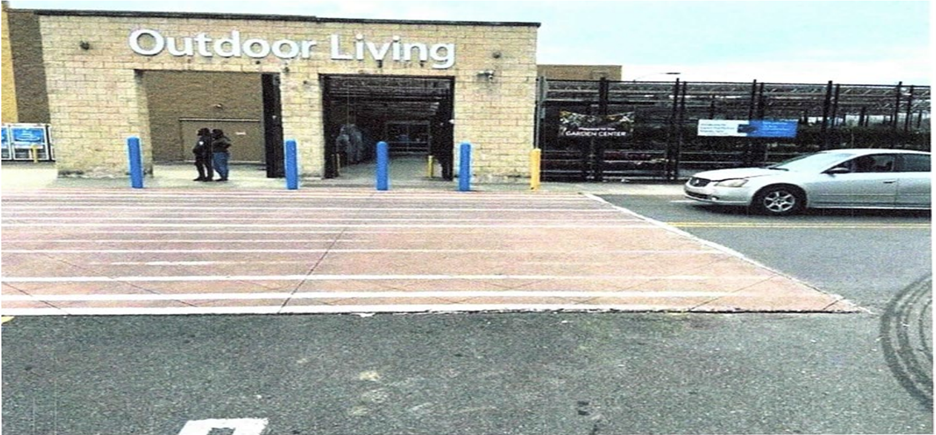On July 27, 2023, the Louisiana First Circuit entered judgment in favor of Louisiana State Trooper Andre Bezou in the shooting death of Coltin LeBlanc. The case was defended by Keogh Cox attorneys Drew Blanchfield, Brian Butler, and Collin LeBlanc. In support of its ruling, the First Circuit cited La. R.S. 9:2798.1 which provides qualified immunity for an officer’s actions, unless their action constituted “criminal, fraudulent, malicious, intentional, willful, outrageous, reckless, or flagrant misconduct.” The court found Trooper Bezou was entitled to qualified immunity under the facts of this case.
After midnight in an area of Hammond, La. dotted with bars and restaurants, Trooper Bezou spotted LeBlanc driving a large Ford truck. Trooper Bezou testified that he witnessed two traffic violations and initiated a stop. “Bodycam” footage captured the interaction. LeBlanc exited the vehicle, and when the trooper asked for identification, LeBlanc indicated it was in his truck. LeBlanc moved to the cab of the truck, and Trooper Bezou followed, stopping within the open driver’s side door. Based upon his observations during this interaction, Trooper Bezou suspected LeBlanc was intoxicated. Later testing confirmed that LeBlanc had a blood alcohol level more than two times the legal limit.
But LeBlanc was not attempting to retrieve his license. Instead, he revved the engine and attempted to flee with Trooper Bezou immediately next to the vehicle. Trooper Bezou later testified he feared that LeBlanc would steer the vehicle to run him over with the back left wheel. In reaction, Trooper Bezou latched onto the truck and LeBlanc sped around a corner and down the roadway. Trooper Bezou was able to draw his weapon and gave multiple orders to stop. Trooper Bezou testified that he feared he would be thrown from the vehicle or scraped against parked cars in the area. When the trooper received no indication LeBlanc would relent, he opened fire. Thereafter, the truck came to a rest.
In the subsequent litigation, plaintiffs argued that Trooper Bezou used “excessive force” and should have attempted to move away and allow LeBlanc to flee the scene. In response, Keogh Cox cited Harmon v. City of Arlington, 16 F.4th 1159 (5th Cir. 2021), where the federal Fifth Circuit held that no “clearly established precedent” would prohibit an officer from firing while perched on the running board of a fleeing vehicle. Finding no excessive force under the facts of the case, Harmon acknowledged the simple truth that “there is an obvious threat of harm to an officer” who is “on the side of a fleeing vehicle.” The facts presented to the First Circuit showed that Trooper Bezou gave more warning to relent than was given in Harmon.
The New York Times covered this incident in an article titled, “Before the Final Frame: When Police Missteps Create Danger.” 11/17/21. In its coverage, the New York Times reported that Trooper Bezou “appeared to be in grave danger.” It then suggested that the trooper could have just backed away. However, courts are instructed not a gauge questions of immunity from an out-of-context application of “20/20 hindsight.” Because the facts in this case showed Trooper Bezou was in grave danger “at the moment” force was used and was faced with a split-second decision, he was protected from liability.

